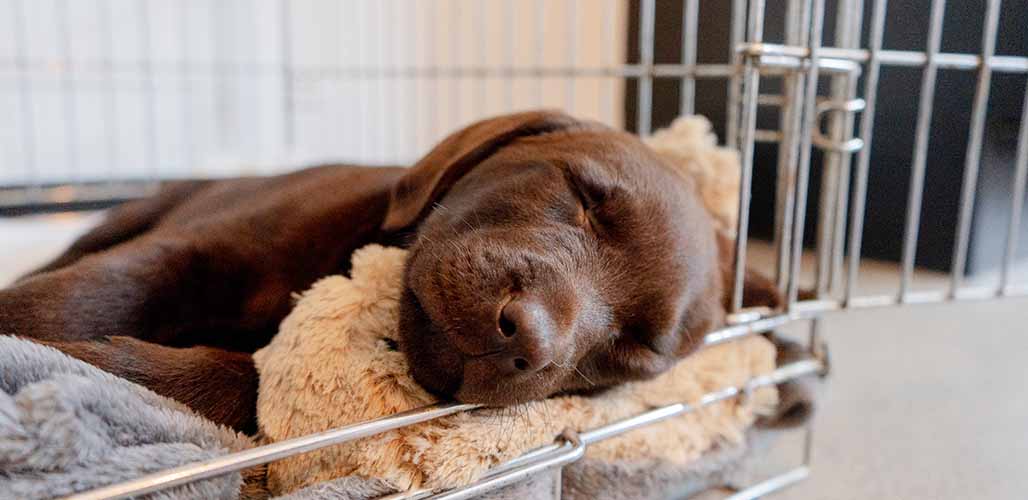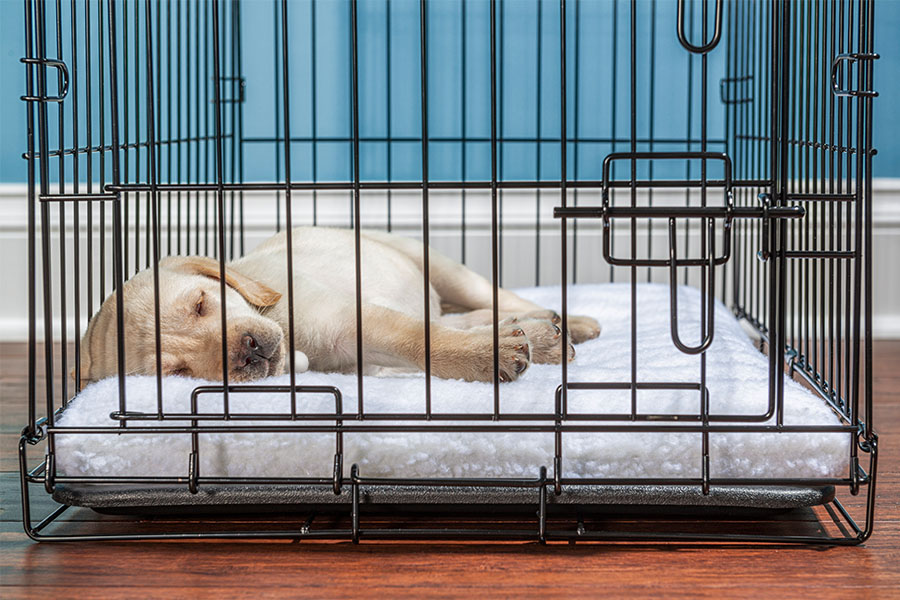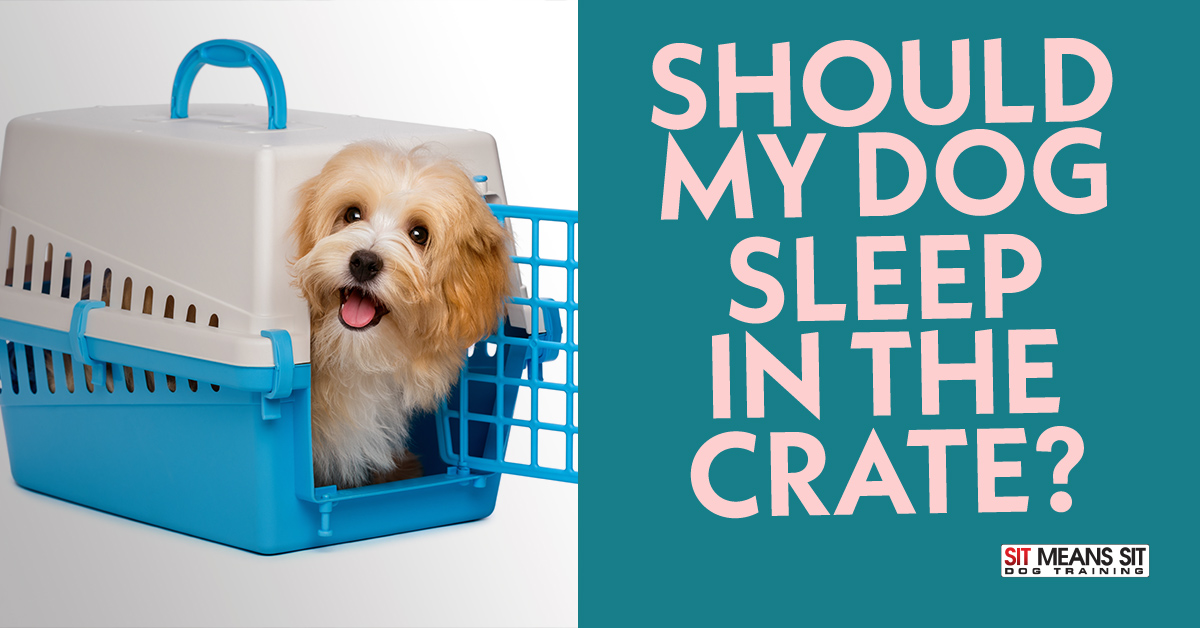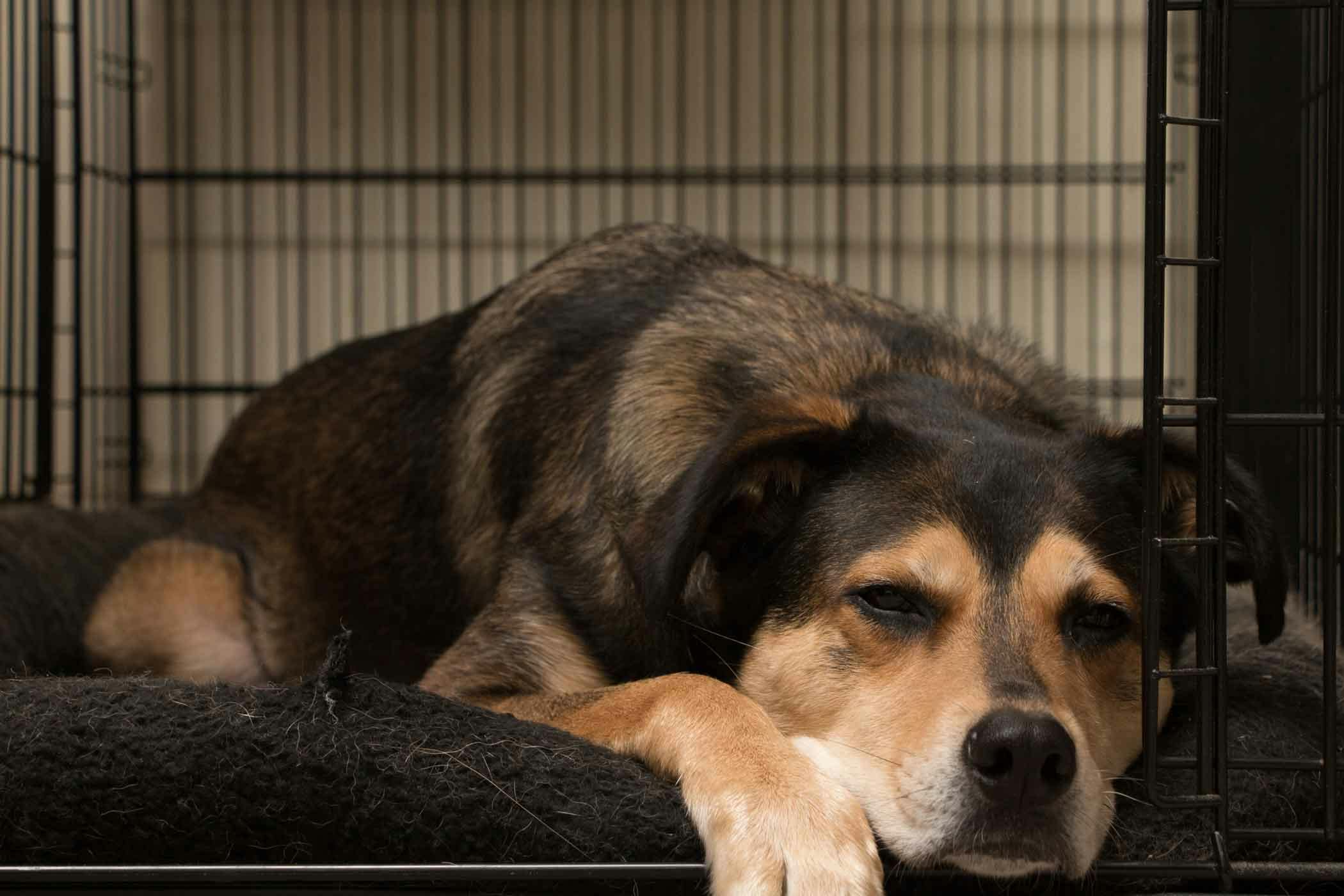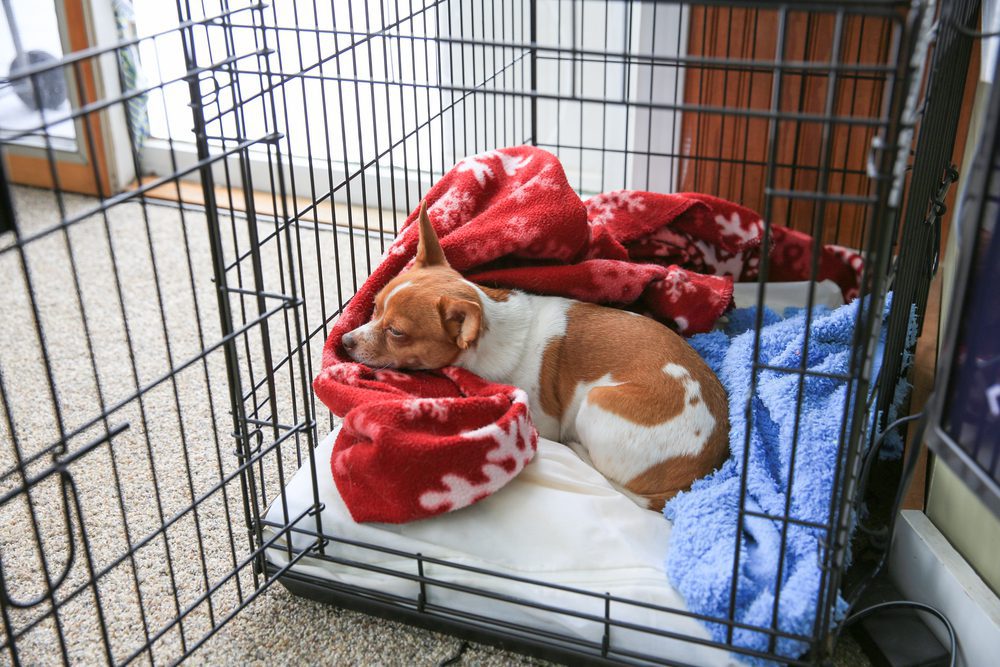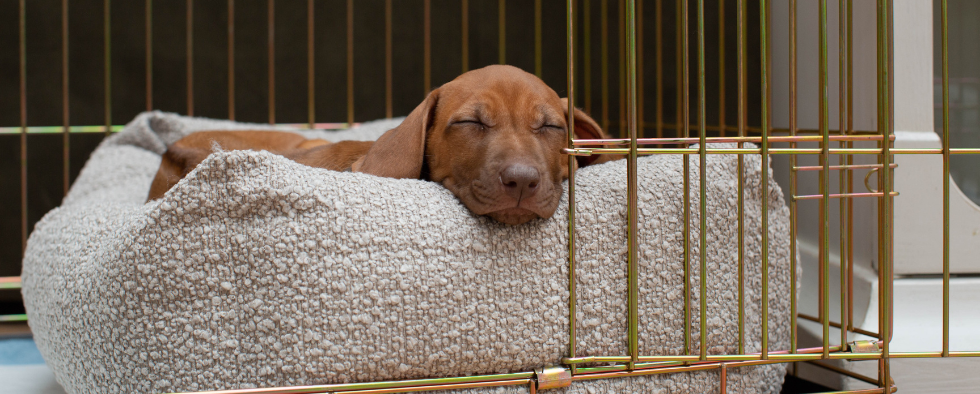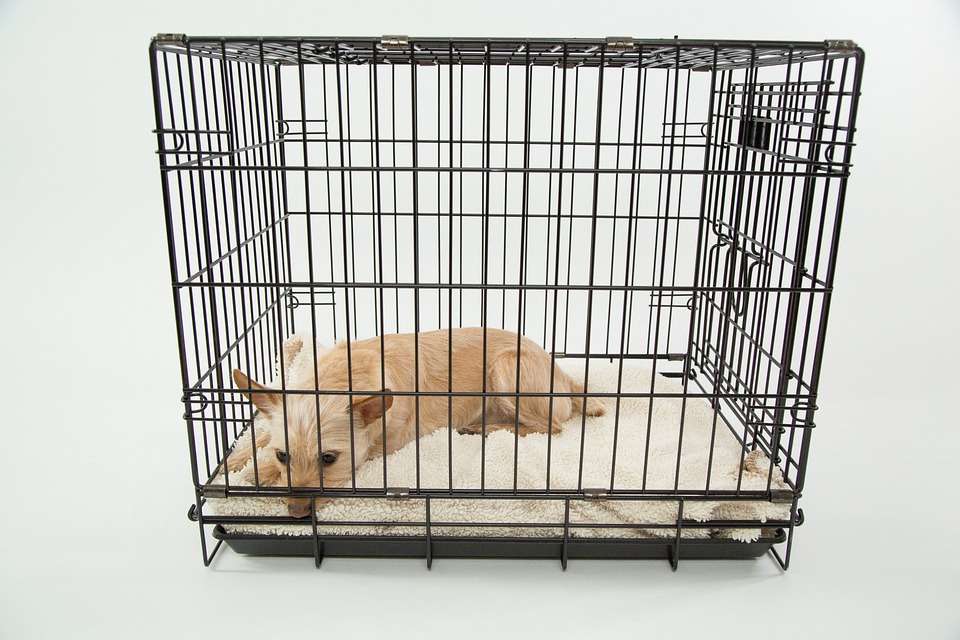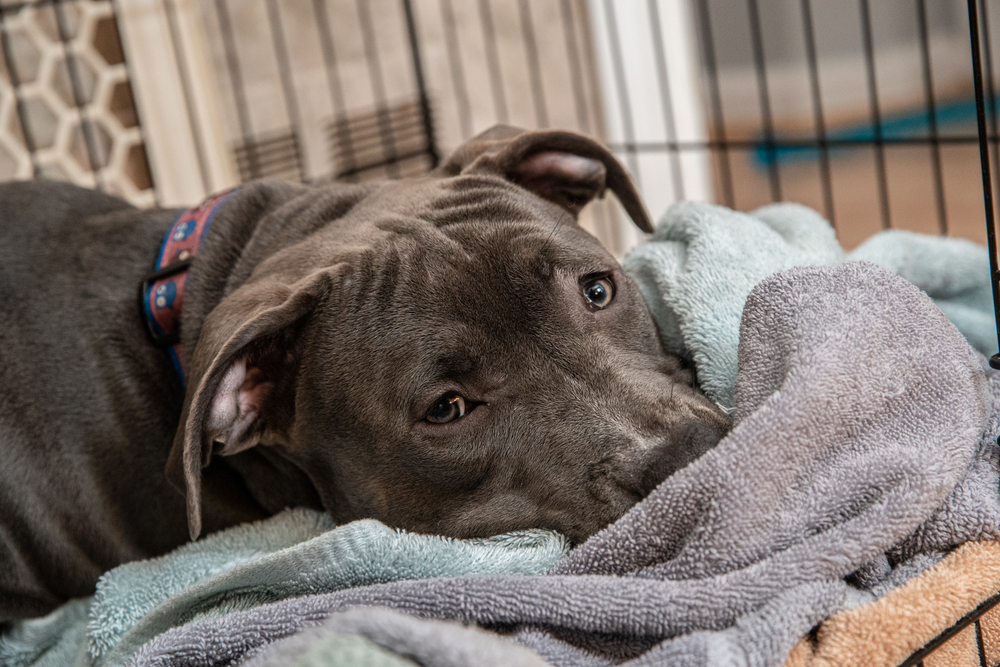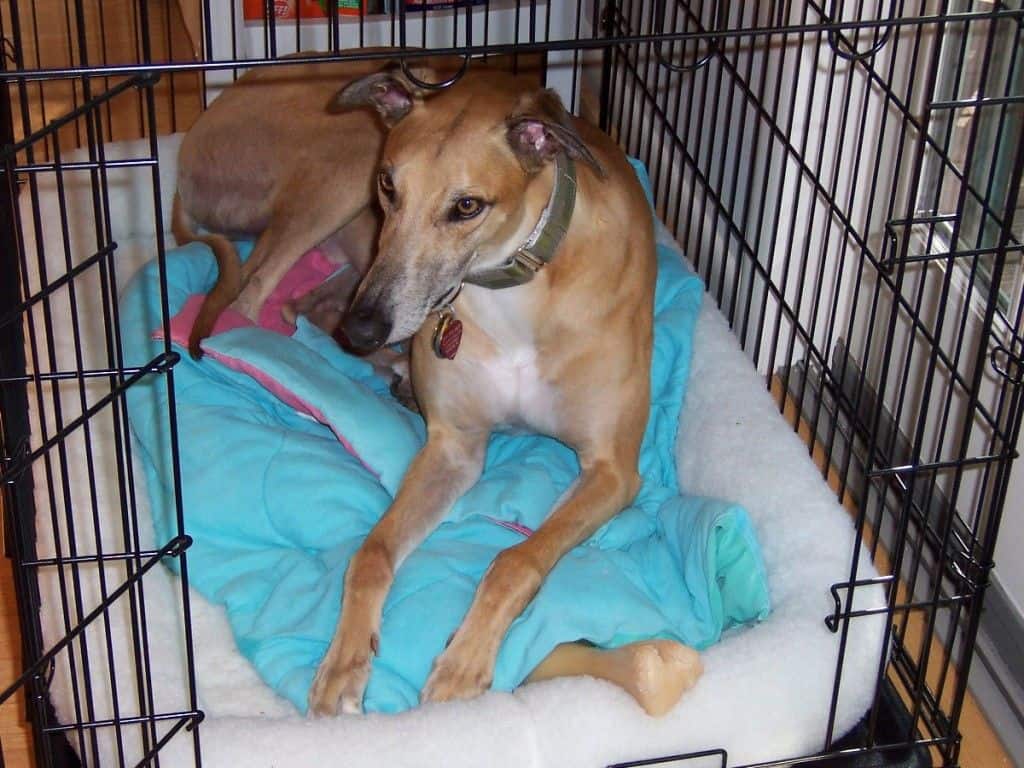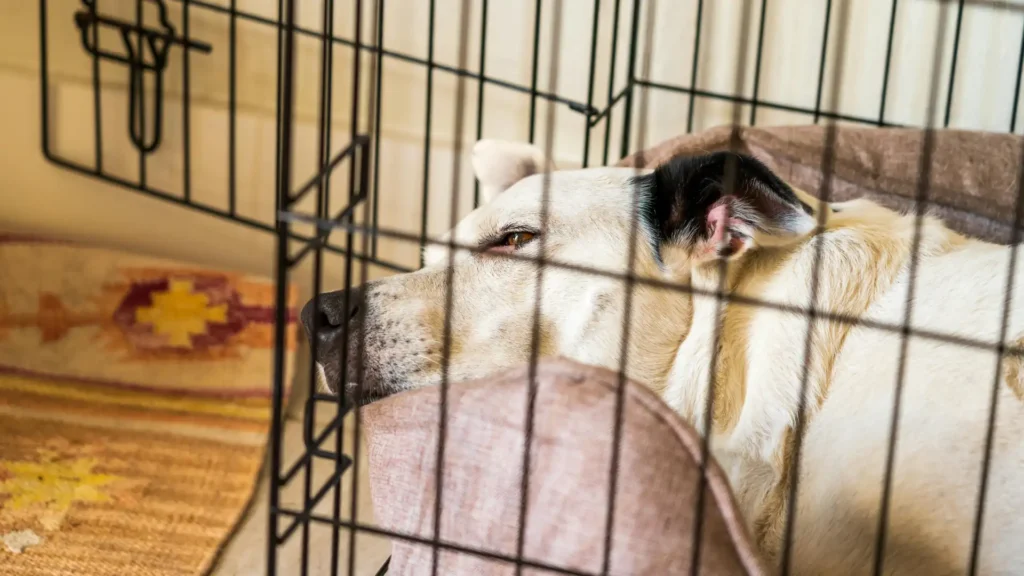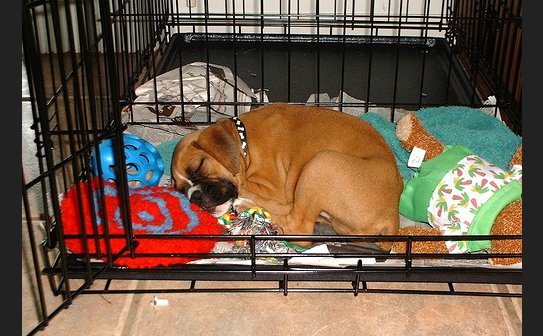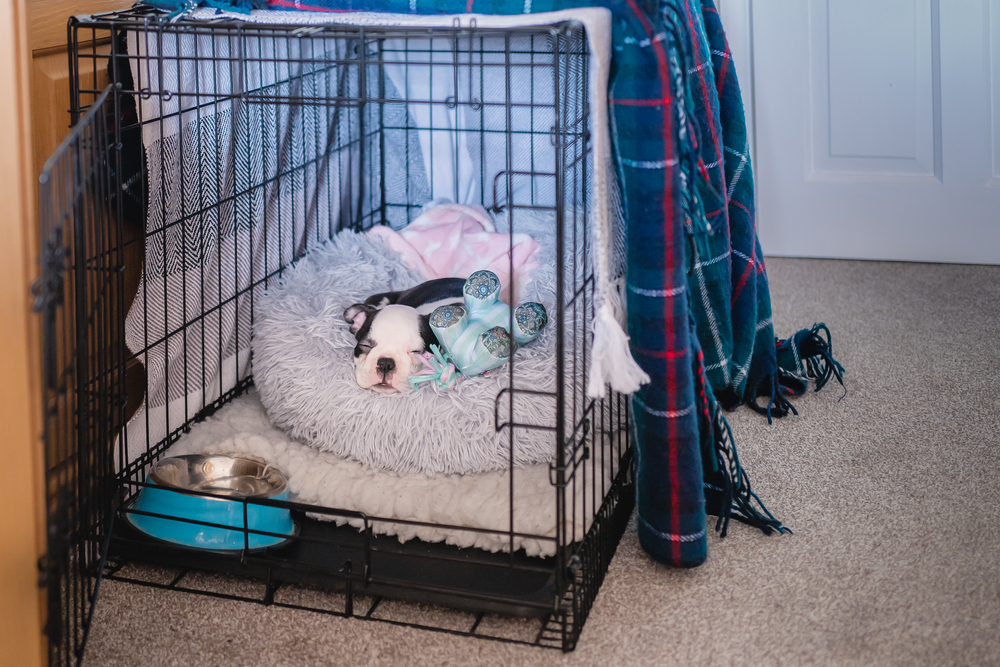Until What Age Should A Dog Sleep In A Crate
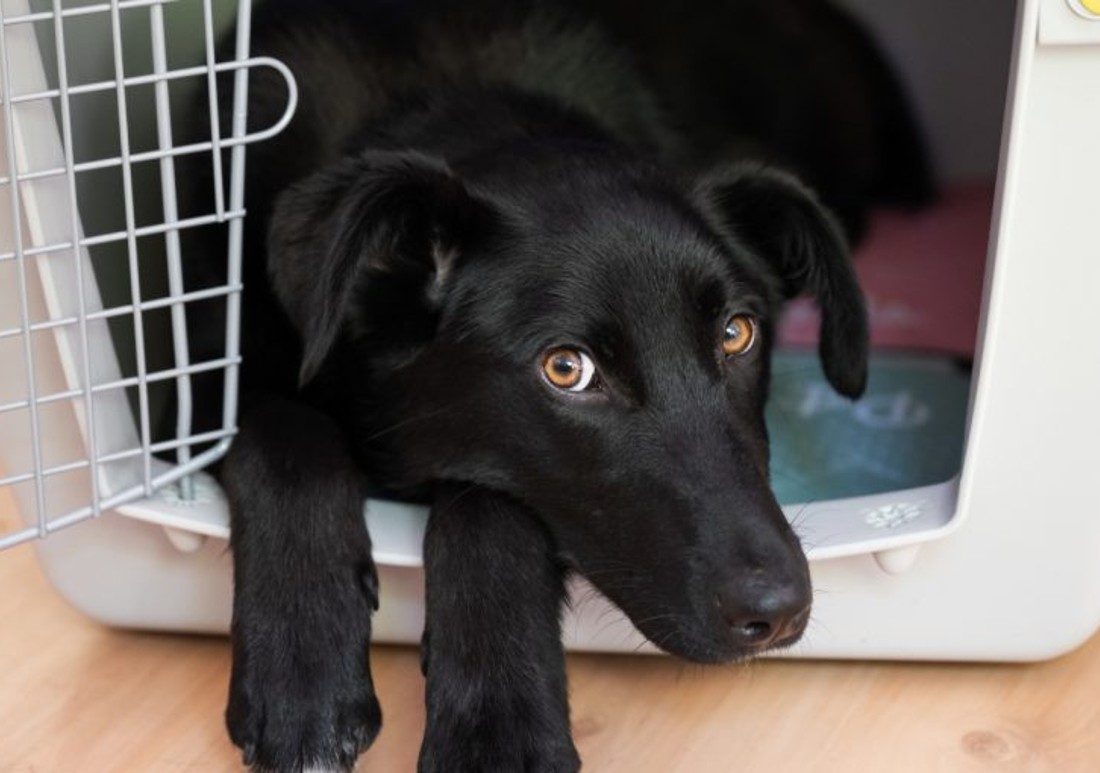
Dog owners face a critical question: At what age can or should you stop crating your dog? The answer varies greatly depending on the individual dog, their training, and the owner’s lifestyle.
Determining when to discontinue crate training is crucial for your dog's well-being and overall household harmony. This article explores key factors and expert advice to help guide this vital decision, ensuring a smooth transition to a crate-free life for your canine companion.
Understanding Crate Training's Purpose
Crate training provides dogs with a secure den, reduces anxiety, and facilitates potty training. It’s not meant for punishment or long-term confinement.
The American Kennel Club (AKC) emphasizes that a crate should be a safe haven, not a prison.
Initial Stages: Puppyhood
During puppyhood, crate training is most effective. Puppies typically start crate training around 8 weeks old.
At this stage, the crate aids in housebreaking and prevents destructive behaviors when unsupervised.
Regular potty breaks, positive reinforcement, and short crate durations are essential during this phase, according to veterinary behaviorists like Dr. Sophia Yin.
Adolescence: A Test of Training
Dog adolescence, usually starting around 6 months, can present challenges. Some dogs may regress in their training, including crate behavior.
Consistency and continued positive reinforcement are key during this period.
If a dog displays increased anxiety or resistance to the crate, consult a professional dog trainer or veterinarian.
Factors Influencing the Transition
Several factors determine when a dog is ready to transition out of the crate. Temperament, training, and home environment play significant roles.
Dogs with reliable recall, consistent potty training, and no destructive tendencies are typically better candidates.
Conversely, dogs with separation anxiety or a history of chewing may need extended crate training.
Temperament and Behavior
Assess your dog’s temperament honestly. A calm and well-adjusted dog is more likely to succeed outside the crate.
Observe your dog's behavior when left alone for short periods outside the crate.
Any signs of distress or destruction indicate they may not be ready.
Training and Obedience
Solid obedience training is crucial. A dog that consistently follows commands is more likely to behave appropriately without confinement.
Focus on commands like "leave it," "stay," and "go to your place."
These commands provide structure and control, even when the dog isn't crated, as noted by Certified Professional Dog Trainers (CPDTs).
Home Environment and Lifestyle
Consider your home environment and lifestyle. A predictable routine and safe surroundings are beneficial.
If your home is chaotic or lacks supervision, extending crate time might be necessary.
Ensure that potentially dangerous items are out of reach and that the environment is comfortable.
Signs of Readiness
Identifying the signs of readiness is critical for a successful transition. Look for consistent good behavior.
This includes being able to be alone for a few hours.
Here are some key indicators of a dog that has completed crate training.
Consistent Potty Training
Reliable potty training is a must. The dog should consistently eliminate outdoors and not have accidents indoors.
Any regression in potty training signals a need to reassess the transition timeline.
Veterinarians recommend consulting with them if potty training challenges persist despite consistent efforts.
No Destructive Behavior
Absence of destructive behavior is a key indicator. The dog should not chew furniture, dig, or engage in other destructive activities when unsupervised.
Provide appropriate chew toys and mental stimulation to minimize boredom and destructive tendencies.
If destruction occurs, it indicates that the dog needs more structure or training before being left unsupervised outside the crate.
Calm and Relaxed Demeanor
A calm and relaxed demeanor is important. The dog should appear comfortable and content when left alone, without signs of anxiety or stress.
Observe the dog’s body language for signs of anxiety, such as panting, pacing, or excessive barking.
A relaxed dog is more likely to handle the freedom of being outside the crate responsibly, according to animal behaviorists.
The Transition Process
The transition out of the crate should be gradual. Start with short periods of freedom and gradually increase the duration.
Use positive reinforcement to encourage good behavior and address any issues promptly.
Monitor the dog closely during this transition phase to prevent problems.
Gradual Freedom
Begin by leaving the dog out of the crate for short periods, such as 15-30 minutes, while you are home.
Gradually increase the time as the dog demonstrates responsible behavior.
Once the dog is reliable for a few hours, start leaving them out of the crate for short periods when you are away.
Positive Reinforcement
Use positive reinforcement to encourage good behavior. Reward the dog with treats, praise, or toys when they are calm and well-behaved.
Avoid punishment, as it can create anxiety and worsen behavior problems.
Positive reinforcement helps the dog associate freedom with positive experiences, as noted by experienced dog trainers.
Monitoring and Adjustments
Monitor the dog closely during the transition. Observe their behavior for any signs of anxiety, stress, or destructive tendencies.
Be prepared to adjust the transition timeline based on the dog’s progress.
If problems arise, consider returning to crate training for a period before attempting the transition again.
Conclusion: A Lifelong Commitment
Deciding when to stop crating a dog is an individualized decision. There is no one-size-fits-all age.
Continually assess your dog's behavior and adjust your approach as needed. Owners must prioritize responsible dog ownership and consult professionals when facing challenges to ensure their dog's safety and well-being.
Ongoing research continues to refine crate training techniques, so staying informed is crucial for responsible dog ownership.


